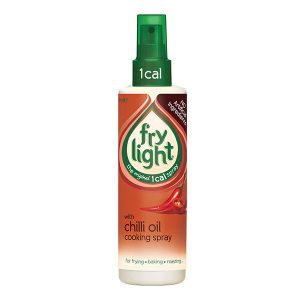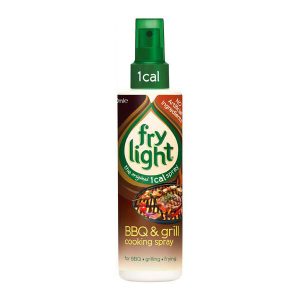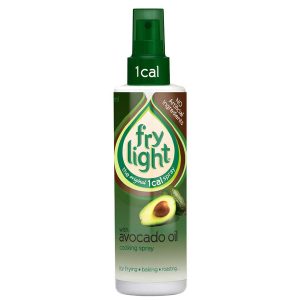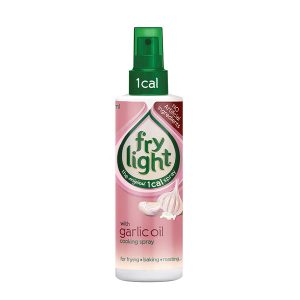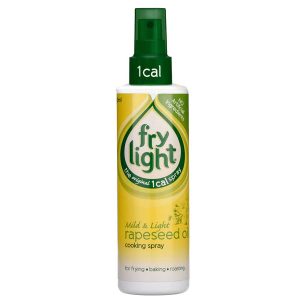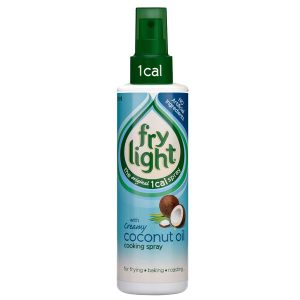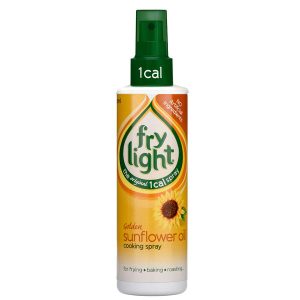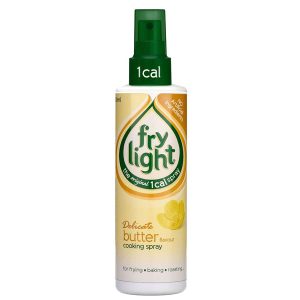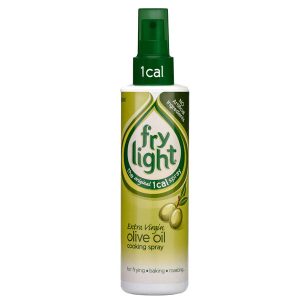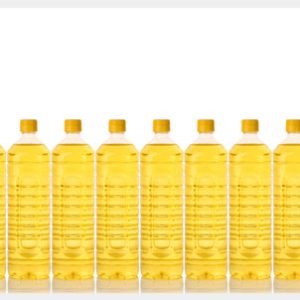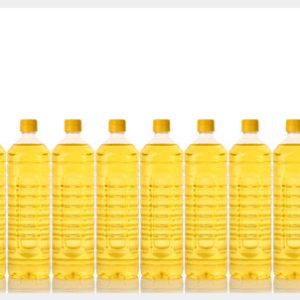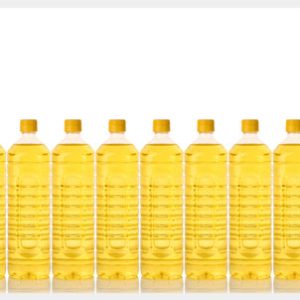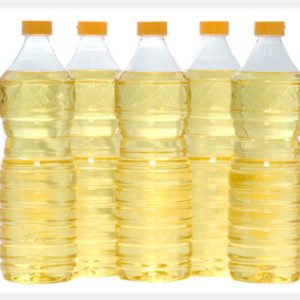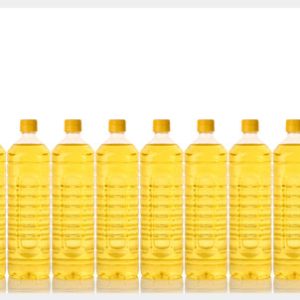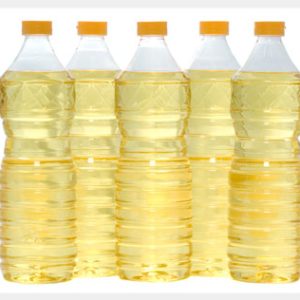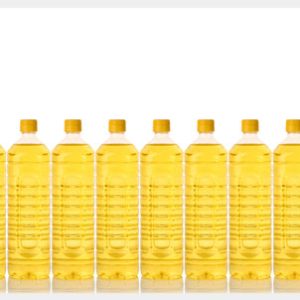No products in the cart.
Oils & Fats
-
Frylight Chilli Oil
With a subtle kick of chilli, Frylight Chilli Oil is the perfect way to liven up your dish.
-
Frylight BBQ & Grill
There’s nothing worse than trying to scrape food off the barbecue – and with our BBQ & Grill cooking spray, BBQ cooking couldn’t be easier.
-
Frylight Avocado Oil
A highly robust cooking spray, our Avocado Oil formula demonstrates excellent cooking properties across a range of temperatures.
-
Frylight Garlic Oil
Made with natural garlic extract, our Garlic Oil cooking spray has no artificial ingredients. Perfect on all French bistro inspired dishes, it allows you to add a bold taste of fresh garlic whenever you need it.
-
Frylight Rapeseed Oil
Tackle the calories in rapeseed oil with our Rapeseed spray – a great choice for frying and prolonged baking, and especially good for making crispy roast potatoes!
-
Frylight Coconut Oil
This Coconut Oil spray enables you to join in with the coconut oil cooking trend – without having to wait for blobs of the oil to melt! As well as this, you’ll only use a thin layer of the cooking spray so fat intake will be kept low.
-
Frylight Sunflower Oil
A brilliant all-rounder, Frylight Sunflower Oil spray is as comfortable frying as it is releasing cakes from baking moulds! Uniquely blended with plant extracts, Frylight uses no artificial ingredients.
-
Frylight Butter Flavour
A great alternative if you’re used to cooking with butter or solid fats, the delicious butter flavouring of this cooking spray lets you enjoy a familiar cooking aroma while significantly cutting down on fat and calories.
-
Frylight Extra Virgin Olive Oil
Perfect for all sorts of cooking where a hint of Mediterranean cuisine is called for – from delicate fish to crisping roasted vegetables, our Extra Virgin Olive Oil spray lends a delicate touch of flavour.
-
Sunflower Seed oil
Sunflower oil contains predominantly linoleic acid in triglyceride form. Its major contents are:
- Palmitic acid : 4 – 9%
- Stearic acid : 1 – 7%
- Oleic acid : 14 – 40%
- Linoleic acid : 48 – 74%
-
Soyabean oil
Culinary Uses
It is widely used in the food industry for preparing variety of products including:- Breads
- Margarine
- Snack Foods
- Mayonnaise
- Salad Dressings
- Sandwich Spreads
- Non-dairy Coffee Creamers, etc.
-
Peanut Oil
Culinary Uses
Peanut oil is one of the widely used vegetable oils of the world. A pretty common cooking oil in Asian countries, this oil is also used in western countries. It also has numerous applications in Asian cooking. In west, it is widely used for frying foods, particularly french fries, turkey and chicken. This edible oil is often used in salad dressings, marinades, and baked goods.It is the most widely used cooking oil in the South Indian state of Andhra Pradesh. It is one of the healthiest cooking oils for day to day needs and a tablespoon (approximately 15 grams) of peanut oil has just under 120 calories. In China, the peanut oil used is less refined, retaining a little bit more of the protein of the peanut and producing a stronger peanut flavor.
-
Palm Oil
Uses of Palm Oil
As much as 90% of the palm oil produced finds its way into food products, while remaining 10% is consumed by various industries. It is widely used preparing margarine, shortening, and vegetable cooking oil. In many parts of the world, it is still consumed in its unrefined state to obtain a distinctive colour and flavour. Palm oil is extensively used in preparing dry cake mix used for baking biscuits, cakes and sponge cakes, soaps, sauces, fat substitutes, etc. Recently, palm and kernel oils have been increasingly used as biodiesel fuel. -
Olive Oil
Types of Olive Oil
There are three main types of olive oils. They are classified into the following as per the International Olive Oil Council, a premier body which deals with olive- The first type of olive oil is the Extra Virgin Olive Oil. This oil is rich in flavour and is the best quality. It is extracted by an process whereby the olives are first pressed or crushed to extract the liquid oil. This requires the least amount of processing
- The second type of oil used is the Virgin Olive Oil. It is extracted from the first pressing alone and is of a reasonably good quality.
- The third type is the Pure Olive Oil. This type of oil undergoes chemical treatment and other refining or filtering procedures so that the taste, flavour and the richness of olive oil is brought out. Refined and pure olive oils are combined in this process.
- Another heavily processed form of the oil is the extra light olive oil and it is different from the original to a large extent in taste and flavour.
-
Cotton Seed Oil
Oil Contents
Like other vegetable oils, cottonseed oil doesn’t contain cholesterol in its natural unhydrogenated state. However, it does contain over 50% Omega-6 fatty acids and only trace amounts of Omega-3 fatty acids. It also contains about 1% sterculic acids and malvalic acids in its crude form. Other contents of the cottonseed oil are:
- Palmitic acid: 22-26%
- Oleic acid: 15-20%
- Linoleic acid: 49-58%,
- Arachidic / behenic and lignoceric acid: 10%.
-
Corn Oil
Corn Oil Composition
Refined corn oil contains 99% triglyceride, with proportions of approximately 59% polyunsaturated fatty acid, 24% monounsaturated fatty acid, and 13% saturated fatty acid.The following chart itself explains the nutritional value of corn. It comprises of:
- Carbohydrate 80 %
- Protein 10 %
- Oil 4-5 %
- Fibrous 3-5 %
- Mineral 2 %


